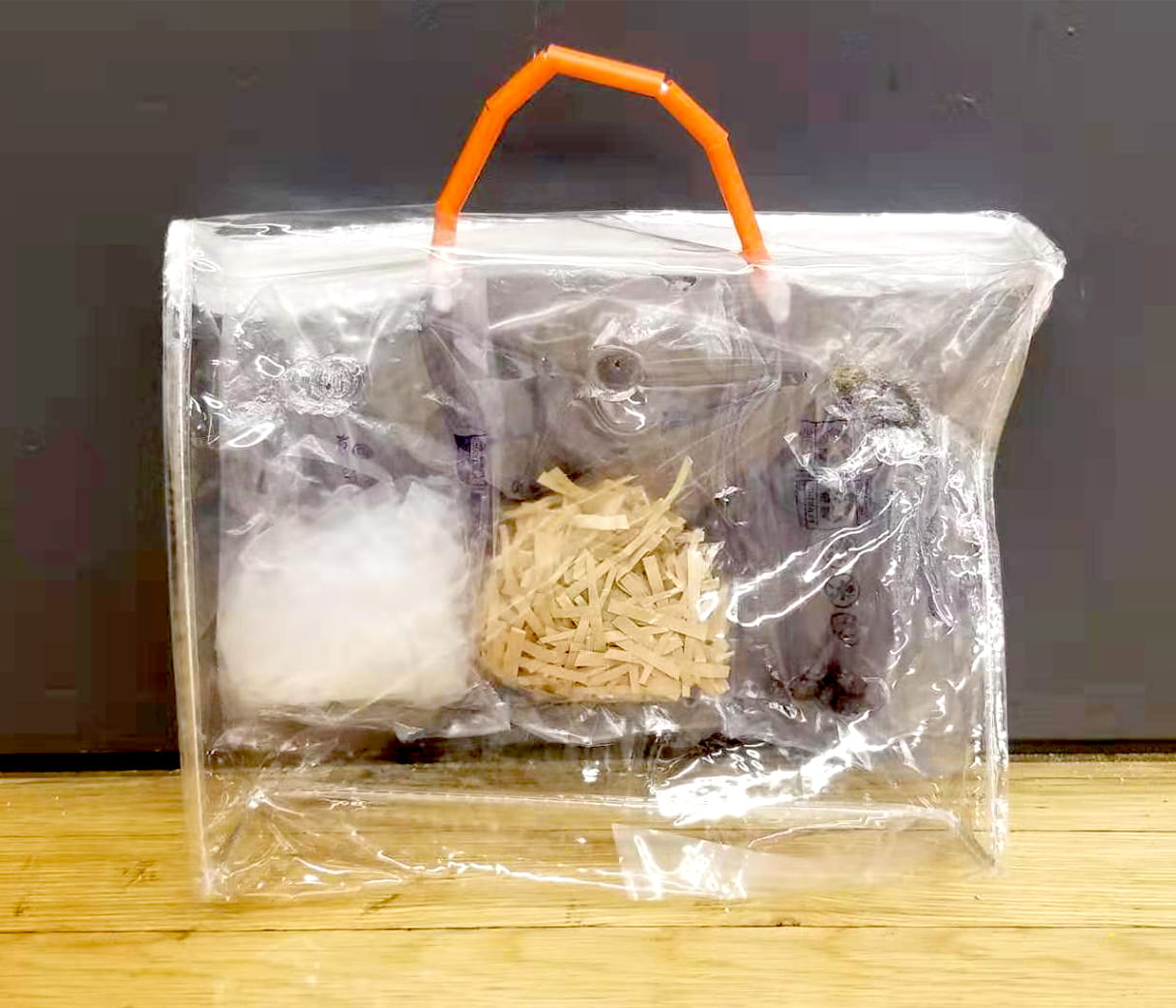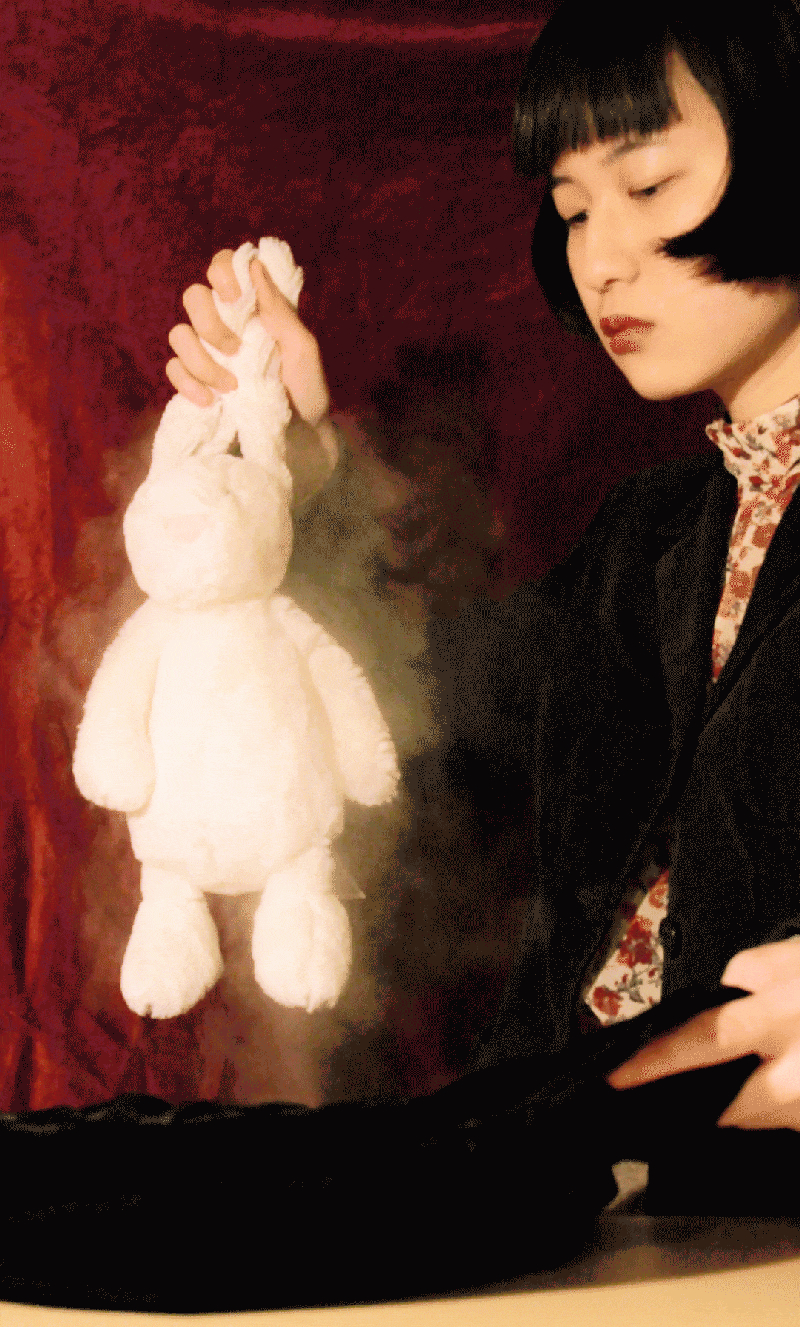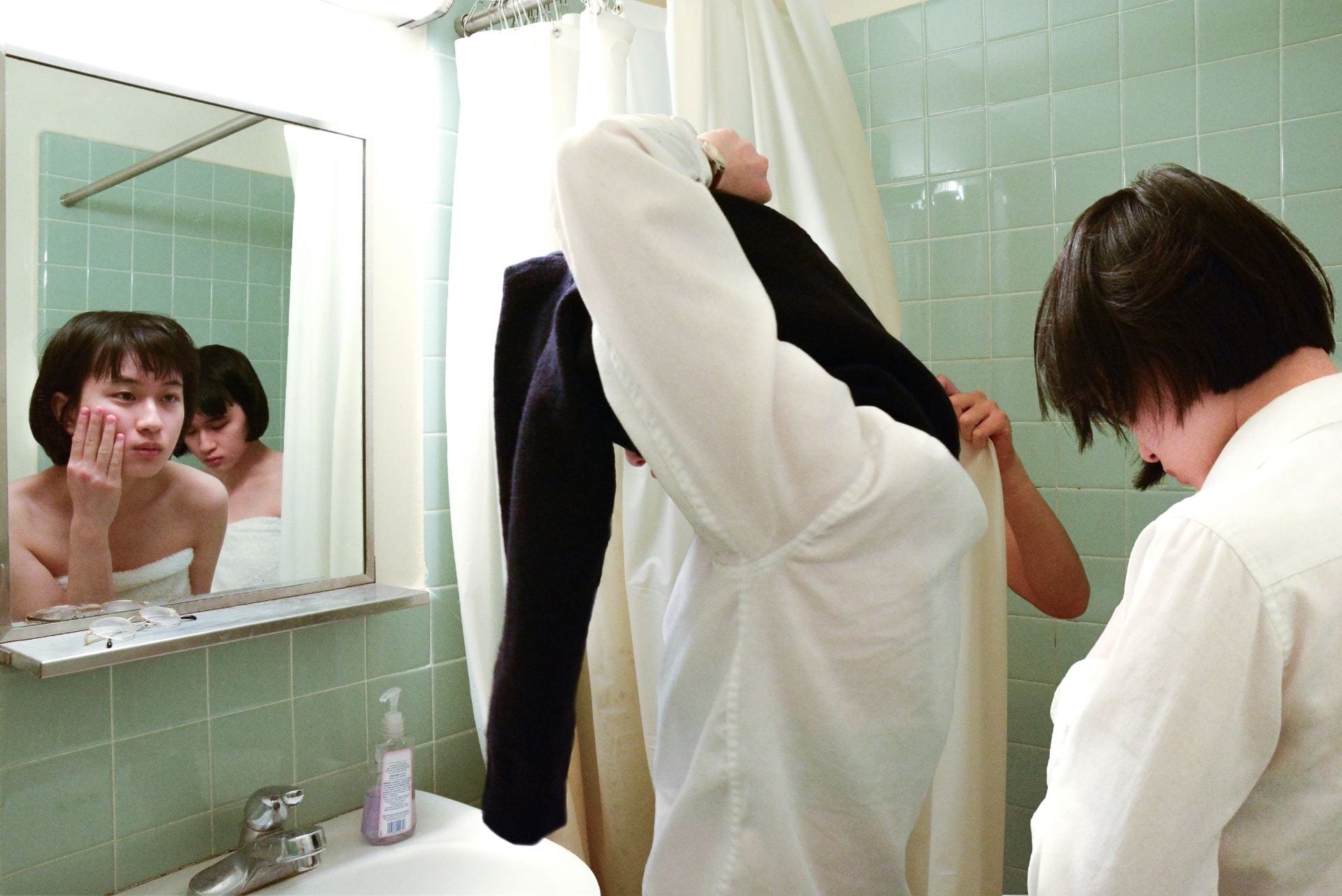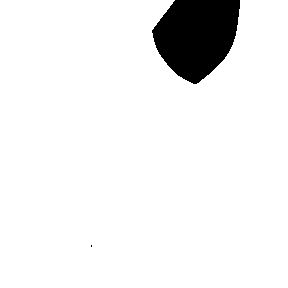- Charles Vigliotti is an entrepreneur from New York who makes his fortune by turning food scraps into alternative energy. Vigliotti discovered that food waste, like oil and coal, can be converted to energy, besides, they can be turned into fertilizer which goes back to the food cycle.
One of the difficulties of composting food waste in New York City is the odor it emits, although the densely populated city produces a huge amount of food waste every day, it is almost impossible to build compost farm in New York City. According to research, anaerobic digestion requires less carbon than producing fertilizer in a traditional way. I believe that there are still numerous “gold mines” in everyday trash that we have yet to discover, however it is not an easy path to embark, considering the fact that, recycling and repurposing trash requires energy and produces more trash too and we have to decide if one method or resource is worth put into action.
What are the more effective ways to sort the non-compostable substance from compostable waste?
About what percentage the biogas or bioenergy can replace traditional energy sources such as oil and coal?
When the “green industry” is commercialized and seen as largely profitable, what will be the problems come with that?
2. This articles raised the idea of putting products into a “cycle of life” in terms of both being useful for human activity and being eco-friendly. For example, organic waste such as food waste and lawn wast goes to fertilize vegetables, is one way of recycling waste that is already widely practiced for many years. However, the new approach is to make cradle- to-cradle possible for industrial/artificial and chemical materials such as metal and plastics, that is, bring them back to the factory to become other products instead of the landfill.
As a design student what draws my attention is how we could make products easier to be recycled, it’s crucial to consider the “afterlife” of the product during the design process because many existed designs are made to go straight to the “grave” when it has finished its mission, the next generation products should be designed to be able to go back to the factory and be given new lives.
Which one is easier? design cradle-to-cradle products /system or repurpose existing products that are not intended to be recycled?
Do cradle-to-cradle products really make us guilt-free?
Could toxic materials be massively replaced? Is the economic system accountable and what should we do about this?
Life cycle: Metro cards.
1. Materials: What is it made of? Where did the materials come from? How would you evaluate the materials in terms of the environment?
Metro cards are made of polyester, they are designed by Cubic Transportation Systems, printed by Dai Nippon Printing from Japan and the magnetic stripe is provided by PARAGON MAGNADATA INC from the UK.
the materials are not echo-friendly because the production of polyester releases toxic substance and the Metro cards can not be recycled.
One kilogram of PVC has a carbon footprint of approximately 4.1 kilograms of CO2.
2. Manufacturing / Labor / Emissions: Who made this? How many people made this? Where do they live? Labor conditions? If it is a factory-made item, what about the emissions (the energy consumed) to make the item?
The cards are made by Dai Nippon Printing, the company itself has 35,000 employees.
3. Packaging: How does the item come packaged? What is the packaging made of? Assess the packaging in terms of environmental efficacy. Think about how the package works when it is packed in a shipping box with other items – is it spatially efficient?
Metro cards comes with usually no package.
4. Distribution / Transport: How does this item get to you? How far did it have to travel? Local or
global?
They are sold in subway stations
5. Usage (life-term / longevity): What is the life-term of this item? 1 day? 1 week? 1 year? How many times is it used before it goes back to an unusable state? (Flow vs Circular or Closed Loop)
They usually expire 1 year or two after purchase
6. Disposal / Re-use: What are the disposal options? Reuse options? Are the materials recyclable /compostable or landfill?
There is no official recycle options but some people collect metro cards with limited or special prints on it.








